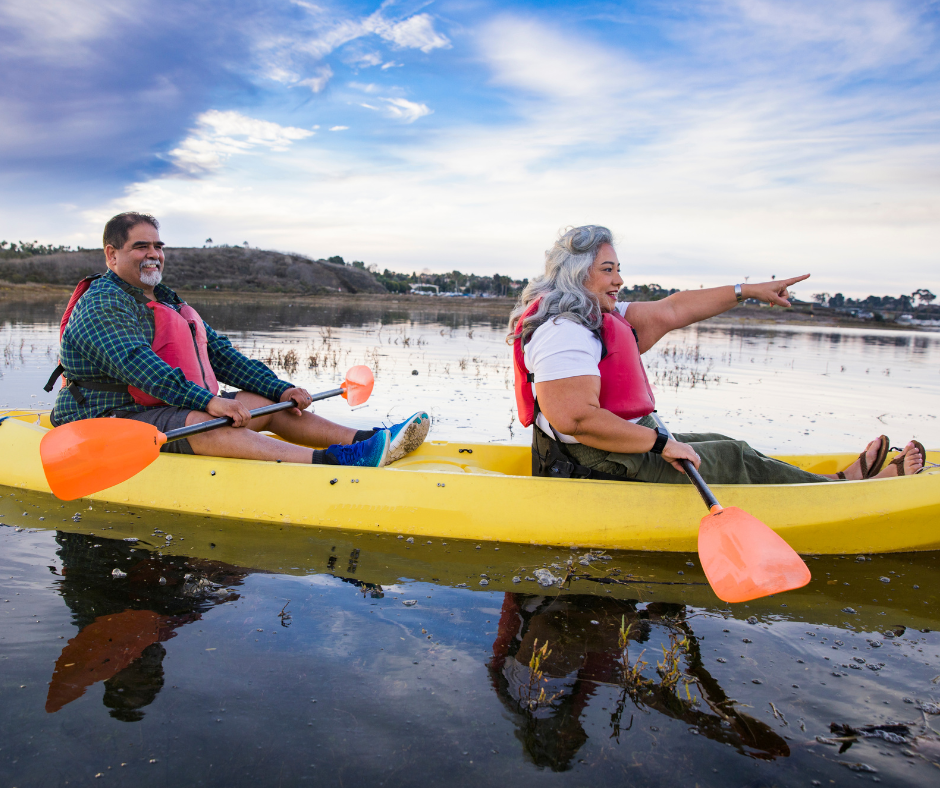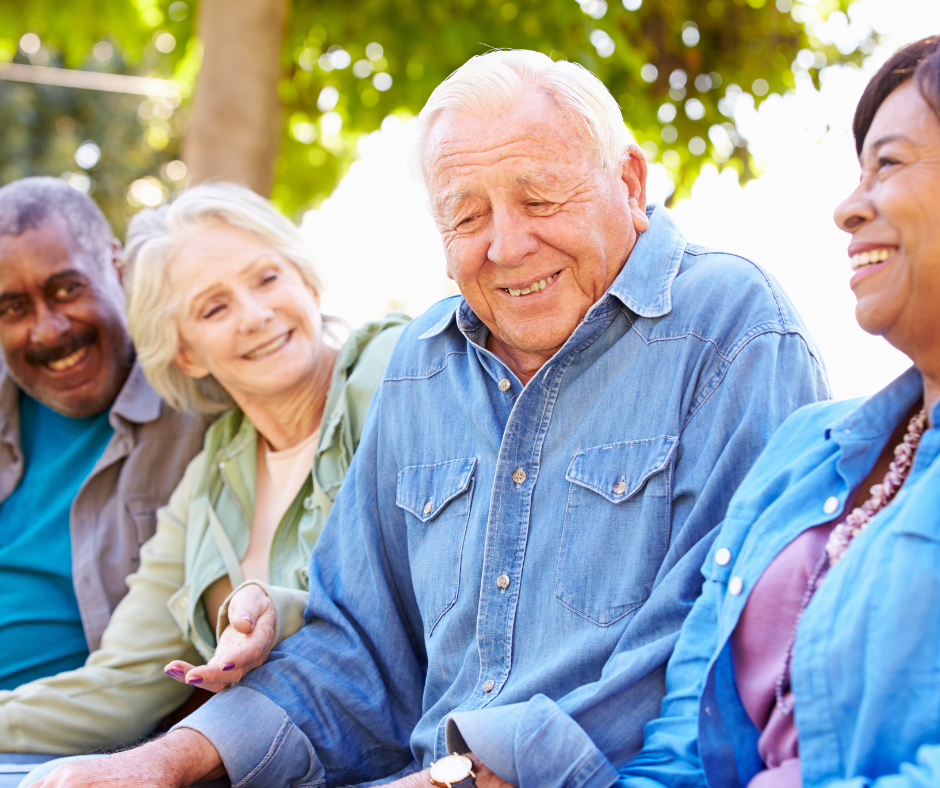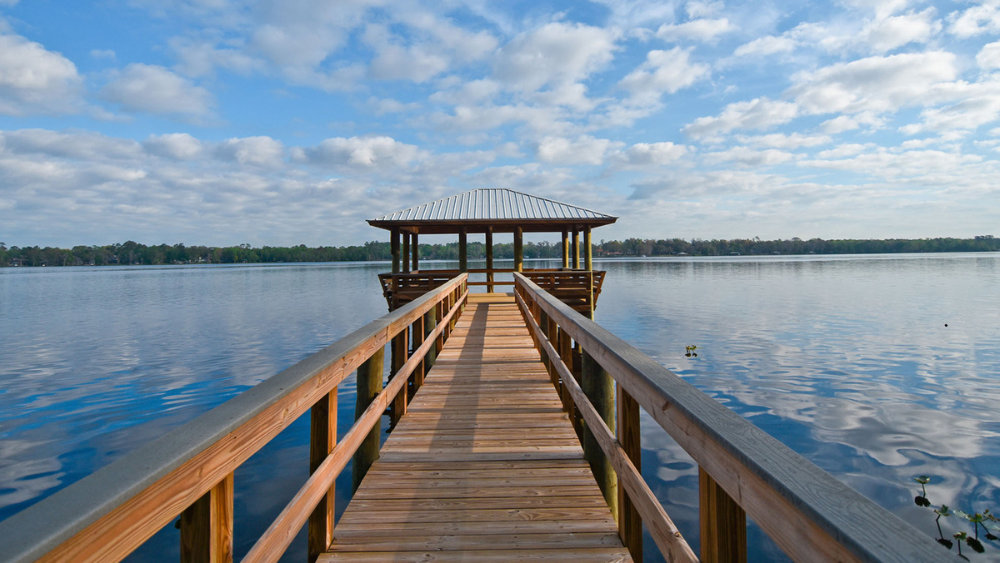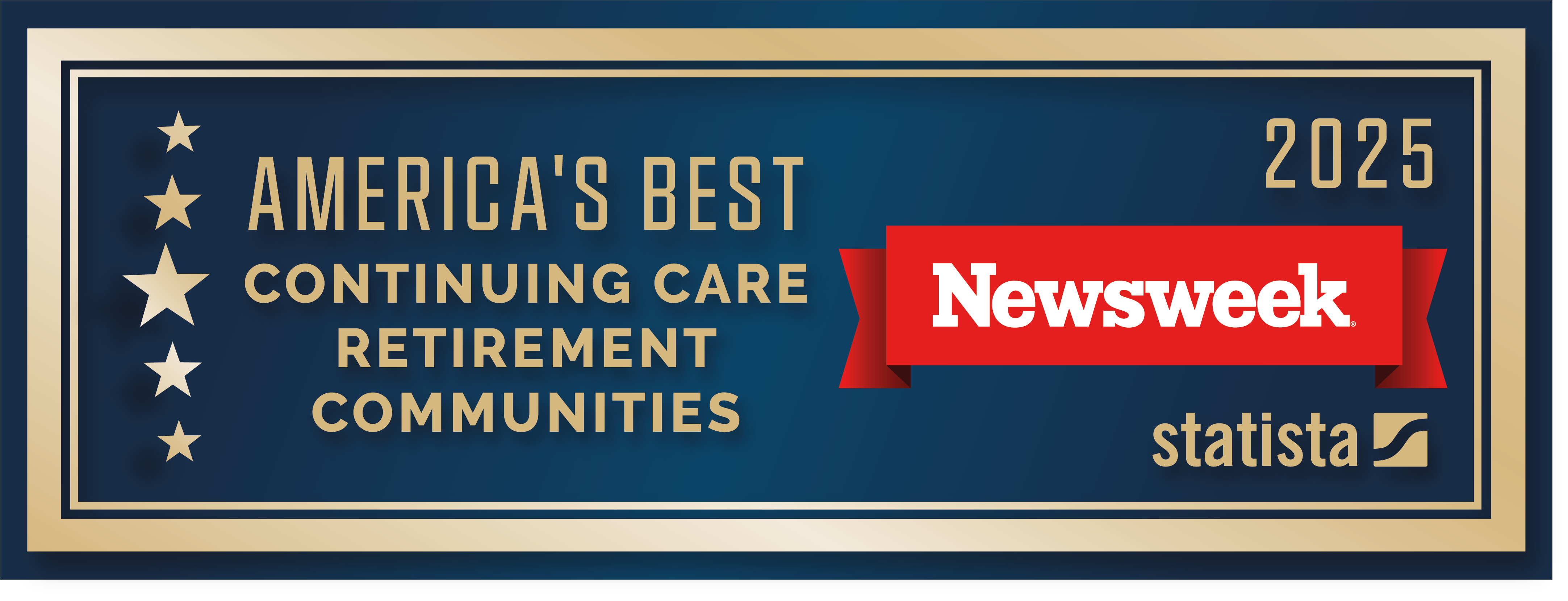Jacksonville’s intricate network of waterways offers you exceptional opportunities to embrace an active senior lifestyle. From the majestic St. Johns River to the serene Julington Creek and beyond, these waters become your playground for recreation, relaxation, and connection.
Water activities aren’t just enjoyable pastimes—they’re gateways to physical fitness, social engagement, and continued personal growth during your retirement years. Let’s explore how Jacksonville’s aquatic environment can enhance your senior lifestyle through various waterway activities.
Water Recreation: A Cornerstone of the Active Senior Lifestyle
Water-based recreation offers unique advantages that perfectly complement your senior lifestyle goals. The natural buoyancy of water reduces joint stress while still providing effective resistance for strength maintenance. The varied intensity options of water activities accommodate different fitness levels and physical capabilities.
Beyond physical benefits, Jacksonville’s waterways offer mental and emotional advantages. Time spent on water consistently correlates with reduced stress, improved mood, and enhanced cognitive function. The sensory experience of being near or on water—the sounds, smells, and visual qualities—creates a naturally meditative environment.
Many waterfront senior communities in Jacksonville capitalize on these benefits by incorporating water access directly into their campuses. Purpose-built docks, boat slips, and launch points make regular water recreation convenient and accessible.
Many waterfront communities have responded to growing interest by providing kayak storage racks, launch sites, and even community kayaks for resident use. Organized group paddles have become popular social events, combining physical activity with opportunities for connection.
Exploring Boating Options for Your Senior Lifestyle
Boating in Jacksonville comes in many forms, each offering different experiences and benefits to complement your senior lifestyle.
Pontoon boats remain particularly popular among Jacksonville seniors for their stability, spacious seating, and ease of operation. These vessels provide ideal platforms for casual outings with friends, sunset cruises, or leisurely fishing expeditions. Many waterfront communities maintain shared pontoon boats that residents can reserve, eliminating maintenance responsibilities while preserving access.
Power boating appeals to those seeking more adventurous water experiences. Jacksonville’s combination of protected waterways and ocean access allows for varied boating environments. The Intracoastal Waterway offers miles of protected cruising, while the St. Johns River provides broader waters for more spirited excursions.
Sailing represents another beloved option, with Jacksonville’s predictable winds and wide waterways creating ideal conditions. Several sailing clubs and schools offer refresher courses specifically designed for seniors returning to sailing or learning for the first time. The combination of physical engagement and mindful awareness required in sailing makes it particularly beneficial for maintaining both physical and cognitive health.
Kayaking and Paddleboarding: Accessible Waterway Activities
Not all water recreation requires significant investment or maintenance. Kayaking and paddleboarding have become cornerstone activities in many seniors’ active lifestyles in Jacksonville.
Kayaking offers an accessible entry point to water recreation. Stable recreational kayaks accommodate various physical abilities, while providing excellent low-impact exercise. Jacksonville’s extensive creek systems and protected waterways create perfect environments for kayaking excursions of different lengths and difficulties.
Paddleboarding (SUP) continues gaining popularity among active seniors. While requiring slightly more balance than kayaking, modern paddleboards offer impressive stability. The standing position provides a full-body workout that improves core strength and balance—key physical attributes for maintaining independence throughout your senior lifestyle.

Social Dimensions of Waterway Activities in Senior Lifestyle
Water activities in Jacksonville naturally foster social connections that enhance your senior lifestyle. Boating, by its nature, encourages shared experiences. Even solo paddlers often find themselves joining informal communities of like-minded enthusiasts.
Organized water activities have become central features in many senior lifestyle programs. Morning kayak groups, sunset sailing clubs, and fishing circles create regular opportunities for meaningful social engagement around shared interests. These activity-based connections often develop into deeper friendships that extend beyond the water.
The learning aspect of waterway activities provides another social dimension. Whether taking a boating safety refresher, learning paddleboarding techniques, or mastering new fishing approaches, these learning experiences create natural environments for connection and mutual support.
Fishing: A Beloved Aspect of Jacksonville’s Senior Lifestyle
Fishing deserves special mention in any discussion of Jacksonville’s waterway activities. The region’s diverse aquatic ecosystems support exceptional fishing opportunities year-round, making this classic activity a significant enhancement to your senior lifestyle.
The accessibility of fishing makes it particularly valuable. You can enjoy fishing from community docks, shorelines, kayaks, or larger vessels—adapting the activity to your preferences and physical capabilities. The variable intensity also makes fishing adaptable throughout your retirement years.
Beyond recreation, fishing provides cognitive benefits that support healthy aging. The combination of technical knowledge, environmental awareness, problem-solving, and patience creates a mentally engaging activity that’s both stimulating and relaxing.
Fishing naturally builds community. Shared tips, friendly competition, and the inevitable stories create bonds between enthusiasts. Many Jacksonville senior communities organize fishing clubs, tournaments, and excursions that become highlights of the social calendar.
Environmental Stewardship and Educational Opportunities
Jacksonville’s waterways aren’t just recreational spaces—they’re living ecosystems that offer remarkable learning opportunities that can enrich your senior lifestyle.
Many seniors discover newfound passion for environmental stewardship through their waterway activities. Local conservation organizations offer volunteer opportunities specifically designed for seniors, from water quality monitoring to habitat restoration projects. These meaningful activities combine purpose with continued learning and community connection.
Educational programs about local ecology, wildlife, and maritime history abound in Jacksonville. Bird watching cruises, guided ecology paddles, and historical tours by boat offer fascinating ways to deepen your understanding of the region while enjoying time on the water.
Several waterfront senior communities have developed partnerships with environmental education organizations, bringing regular programming directly to residents. These opportunities allow you to continue expanding your knowledge while developing appreciation for Jacksonville’s unique natural resources.
Safety Considerations for Senior Lifestyle on the Water
While celebrating Jacksonville’s waterway activities, responsible approaches to water safety remain essential components of an active senior lifestyle.
Boating safety refresher courses tailored for seniors are readily available through local organizations. These courses address age-specific considerations while updating your knowledge of current regulations and best practices. Many senior communities arrange for these courses to be offered on-site for resident convenience.
Physical considerations deserve attention when planning water activities. Understanding your current capabilities, using appropriate adaptive equipment when helpful, and choosing activities that align with your fitness level ensures that water recreation remains enjoyable and safe.
Weather awareness becomes particularly important in Florida’s variable conditions. Learning to interpret forecasts, recognize changing conditions, and plan accordingly enhances safety on the water. Many experienced seniors become valuable resources for weather wisdom within their communities.
Adapting Water Activities Throughout Your Senior Lifestyle Journey
One of the most valuable aspects of water recreation is its adaptability throughout different stages of retirement.
In early retirement years, you might enjoy more physically demanding activities like paddleboarding, sailing, or kayaking longer distances. As time passes, the same waterways offer gentler options like pontoon cruises, dock fishing, or shorter paddling excursions in protected areas.
This adaptability allows water activities to remain central to your senior lifestyle regardless of changing physical capabilities. The consistent access to water’s psychological and social benefits continues even as specific activities evolve.
Many Jacksonville senior communities thoughtfully design their waterfront facilities to accommodate this evolution, with options ranging from challenging kayak routes to accessible pontoon boarding systems and comfortable observation areas.
Seasonal Considerations for Waterway Activities
Jacksonville’s moderate climate allows for year-round water recreation, with each season offering distinctive experiences to enhance your senior lifestyle.
Spring brings comfortable temperatures and active wildlife, making it ideal for nature-focused paddling trips and photography. Summer mornings offer perfect conditions for early water activities before afternoon heat and potential thunderstorms. Fall delivers cooler temperatures and often calmer waters, extending comfortable boating hours. Winter—mild by northern standards—provides some of the most pleasant boating conditions, with reduced humidity and minimal crowds.
This year-round accessibility to water recreation represents a significant advantage of Jacksonville’s senior lifestyle compared to northern locations where seasonal limitations restrict water activities for months at a time.
Getting Started with Waterway Activities
If you’re considering incorporating water activities into your senior lifestyle, Jacksonville offers numerous entry points regardless of your experience level.
Many waterfront senior communities provide “try before you buy” opportunities through resident watercraft, guided group outings, and introductory classes. These low-commitment options allow you to explore different activities before investing in equipment or extensive training.
Rental operations throughout Jacksonville provide another excellent starting point. From hourly kayak rentals to half-day pontoon boat experiences, these options let you sample various watercraft to find what best suits your interests and abilities.
Local clubs welcoming seniors have developed in all water recreation categories. These organizations typically offer mentoring programs, equipment advice, and regular group activities designed to help newcomers develop comfort and skills on the water.
Finding Waterfront Senior Lifestyle Communities
If waterway activities interest you, consider exploring Jacksonville’s waterfront senior lifestyle communities that provide direct water access.
Communities along the St. Johns River offer wider water views and access to more extensive boating options. Those situated on creeks like Julington Creek provide more protected water experiences with abundant wildlife viewing opportunities. Intracoastal locations combine protected waterway access with proximity to ocean influences.
When evaluating communities, assess their waterfront facilities with your specific interests in mind. Look for appropriate access points, storage options for personal watercraft, and organized activities that align with your waterway interests. Consider both your current preferences and how those might evolve in coming years.
Embracing Jacksonville’s Waterway Opportunities
Jacksonville’s extensive waterways offer remarkable opportunities to enhance your senior lifestyle through recreation, connection with nature, and social engagement. Whether you’re continuing lifelong water activities or discovering new aquatic interests, these diverse waterways provide ideal settings for active, fulfilling retirement experiences.
The combination of year-round accessibility, diverse activity options, and supportive senior communities creates an environment where water recreation can remain central to your lifestyle throughout retirement. From energetic paddleboarding to leisurely pontoon cruises, Jacksonville’s waters invite you to write your next chapter surrounded by natural beauty and abundant opportunities for engagement.
As you consider your senior lifestyle options, Jacksonville’s waterfront communities deserve special attention for their unique ability to combine the benefits of water proximity with comprehensive support services designed specifically for active seniors.
Westminster Communities of Florida® is a faith-based, not-for-profit organization serving older adults since 1954, with more than 7,000 residents in 22 communities. Learn more at https://westminstercommunitiesfl.org/




























